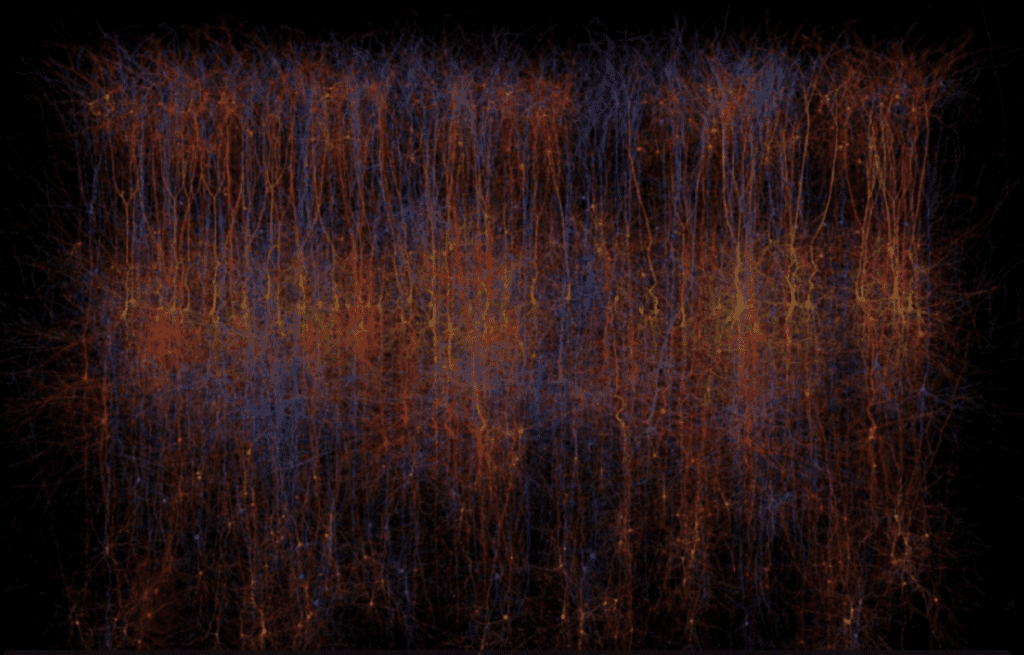Capitalizing a more than a decade’s worth of neuroscience and computer science research, an international team of 82 researchers from institutions around the world report one the most detailed digital reconstruction of a mammalian brain. The researchers simulated 30,000 neurons and almost 40 million synapses, part of a rat’s brain measuring less than a third of a cubic millimeter. It’s a small step that might one day help simulate the whole brain, not just of rats, but also of humans – the ultimate goal of the Human Brain Project (HBP), an ambitious project which the European Commission prioritized and awarded $1 billion in funding.

The work was led by Henry Markram, a neuroscientist at the Swiss Federal Institute of Technology (EPFL), as part of the Blue Brain Project which has been online for 10 years, a sub branch of the Human Brain Project (HBP). Since 2005, Markram didn’t have much to show which is why the neuroscience community has been very critical, especially of HBP as a whole calling it a “money drain” and “lacking focus”. In fact, last year hundreds of researchers signed an open letter calling for a restructuring of the much hyped HBP. “[..] What happened is exactly what we feared: There are no real findings. Putting together lots and lots of data does not create new science,” said Moritz Helmstaedter, director at the Max Planck Institute for Brain Research in Frankfurt, Germany for Science. But Markram has remained steadfast.
“As you can imagine, publishing this paper was very tough in a climate of extreme prejudice based on second-hand information,” Markram says. “Now, at least everyone can judge the science directly for themselves.

The researchers under Markram built a model of a piece of the sensory cortex which processes information from the hind limb. First, they measured thousands of individual neurons carefully noting everything from their anatomical shape and size, to electrical firing patterns. They identified 55 types of distinct neurons and thought this was good enough to scale them to millions of virtual neurons, which they connected to 37 million junctions or synapses. The model was then run so that it simulated patterns of activity, which were compared with brain scans from live rats – these coincided.
The model was also used to test some hypothesis. For instance, when the amount of calcium ions was reduced the neurons’ firing pattern was changed from synchronous bursts to asynchronous.
Just so you know how, the human brain has roughly 85 billion neurons and about a hundred trillion synapses.This means that the current simulation, which took 10 years to make, marks an infant’s step in the grand goal of simulating the entire human brain. Hopefully, other researchers will join in since all the data is open to study, albeit you need a supercomputer to crunch the model. The report was published in the journal Cell.






